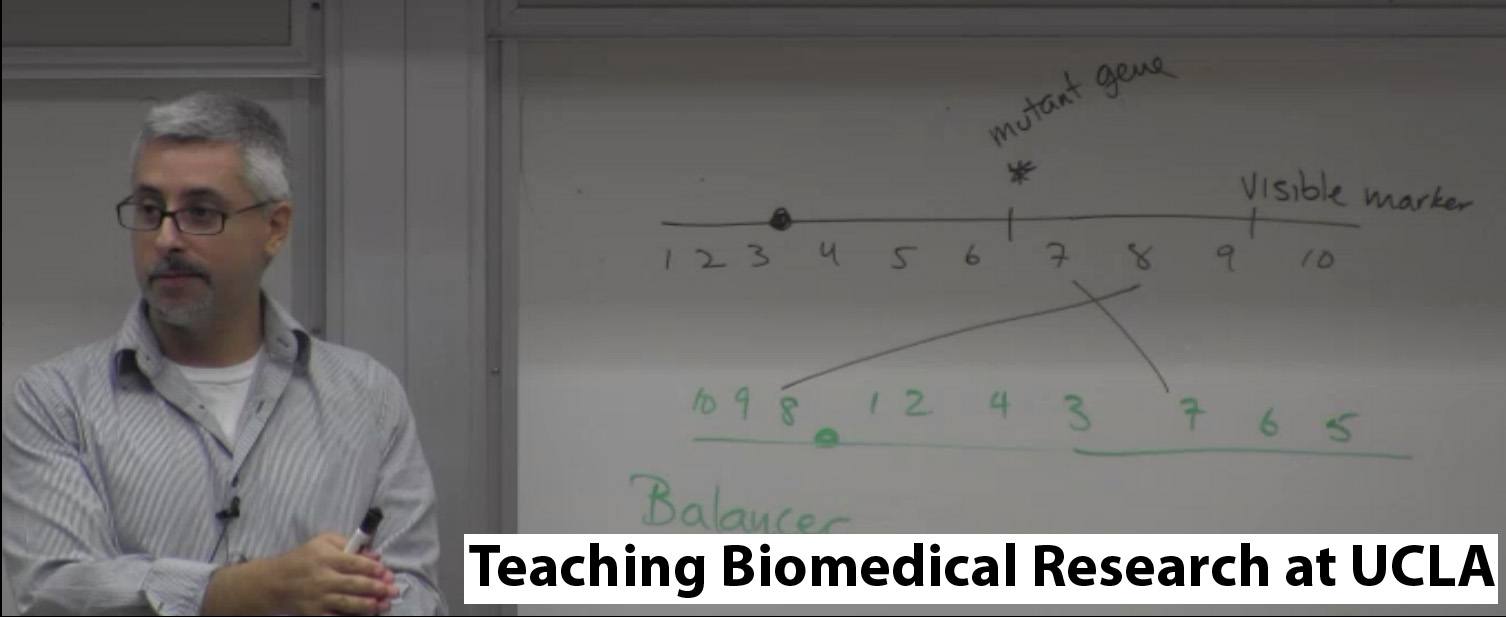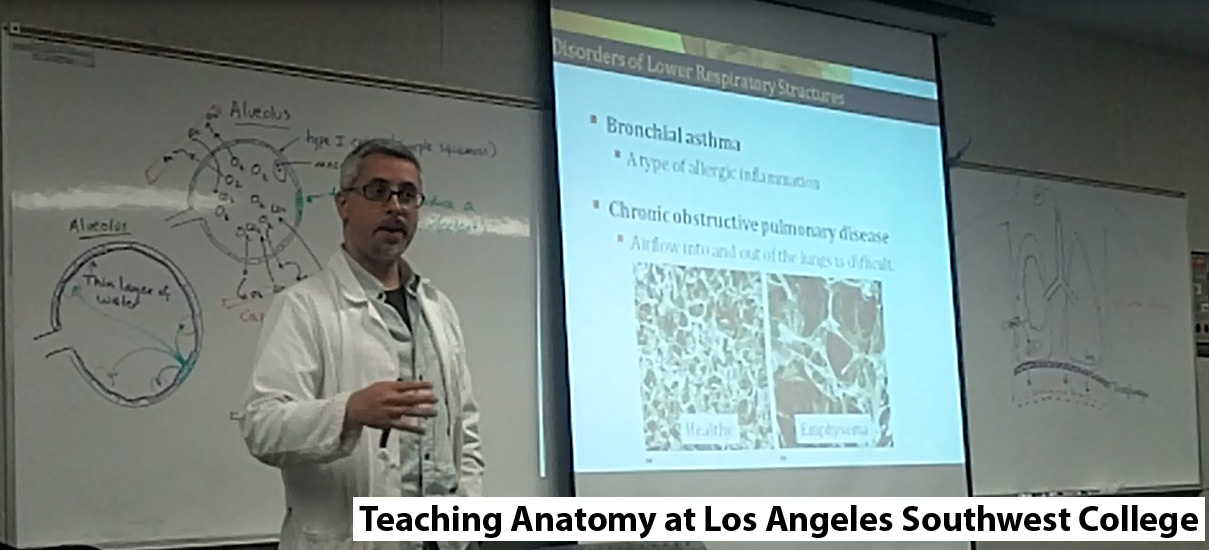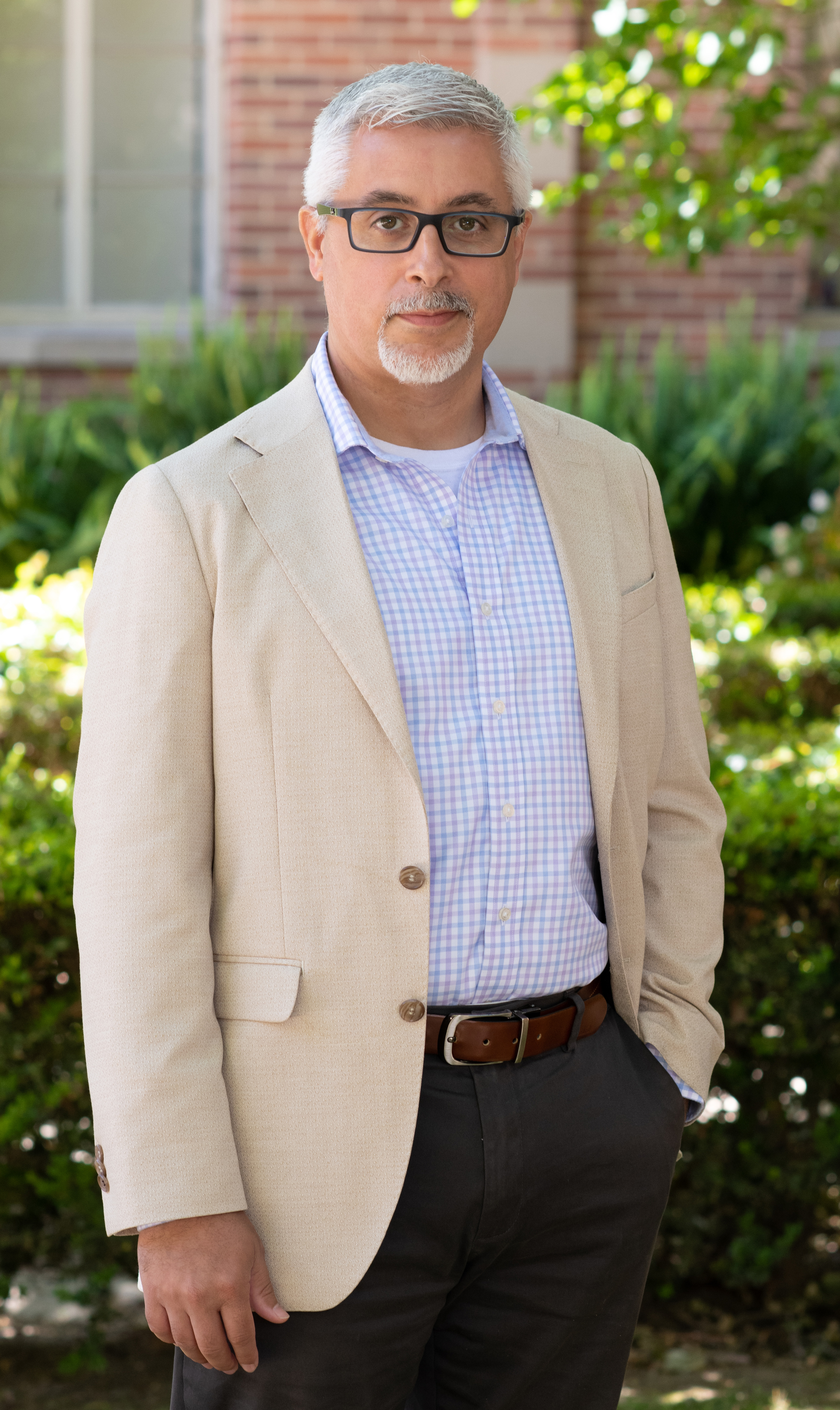My approach to teaching is rather casual, as any student in my class can attest to. I like to consider my style of teaching as "conversational", meaning that I lecture as if I were having a casual conversation with a friend. I try to avoid complicated jargon and always focus on concepts. If students understand the concepts, it is easier for them to become self-sufficient learners, with the ability to deepen their knowledge independently after they have completed the course. I don't believe that there is a concept that is too complex or abstract for any student to understand. This is not to say that everything in science is simple, but with careful thought a good instructor can make complicated ideas comprehensible. Make no mistake, depending on the topics to be covered in class, I will rehearse beforehand to make sure that I found the appropriate way to break down the ideas for my target audience. My driving force is to show science majors that science is truly a alluring field in which they can have a fruitful career, and to convince non-science majors that science is neither terribly complicated nor painfully boring, but rather, fascinating.
The following are some of the courses that I am currently teaching, or have taught in the last few years. I take particular pride in knowing that in one way or another I have participated in the education of students in K-12 schools, community colleges and universities.
Currently teaching at UCLA:
Drug Abuse and Society: Conveying Concepts to High School Students (NS 192C)
This course was designed as a follow up to the C117/C277 (Drugs of Abuse: From Neurobiology to Policy and Education) course that gives undergraduates a comprehensive, in-depth look at drugs of abuse. The main goal of 192C is to provide the most promising students from the C177 course with an opportunity to disseminate relevant facts about drugs of abuse to local high school students. Within the course students are trained to put together a short, educational PowerPoint presentation on specific drugs of abuse (legal and illegal) that they can then deliver to an audience of high school students. Before visiting the actual schools, these presentations are critiqued by both the instructors and peers alike to help improve them. The first half of the quarter focuses on polishing the presentations and the second half of the quarter is geared towards the actual field presentations.
Honors Seminar: Neuroscience (NS 191H)
This multifaceted course is designed to provide neuroscience undergraduate students with the skills to become proficient communicators and critical thinkers. Importantly, it is coupled to students’ research experience in one of the many laboratories associated with the Interdepartmental Program for Neuroscience. During the course students are required to present and critique a primary research paper, put together a formal presentation of their own research, write a 10-page research proposal inspired on the work they are conducting, peer-edit other students’ written proposals and deliver a 5 minute “elevator pitch” of their research project.
Introductory Neuroscience: The Art and Science of Studying the Brain (NS 20)
This general and introductory course is designed to provide novice undergraduate students with a broad overview of what the neuroscience major entails at UCLA. Although students might be able to loosely define the term “neuroscience”, it is probably equally true that they do not fully grasp what becoming a neuroscientist requires. For instance, what do we know about the brain so far that needs to be learned? How does a neuroscientist discover new things? What does a career in neuroscience look like? Knowing the answers to these (and other) questions will not only help students assess the value of a neuroscience degree, but also mentally prepare them to succeed in this major. Topics covered include a brief history of the field, basic neurophysiology and neuroanatomy, research methods, experimental design, data analysis and career prospects.
Formerly taught:
Biomedical Research: Concepts and Strategies (BR 5HA) [at UCLA]
In the BR 5HA class, students are immersed in the world of biomedical research at UCLA. Students listen to two Faculty Research Seminars that will expose them to cutting-edge biomedical research conducted on campus. These seminars are one-hour lectures given by outstanding UCLA faculty on primary research projects from their own laboratories. Students are introduced to questions of general biological interest that are studied in UCLA research labs. Each seminar is followed by a series of classes that explores the science behind the research. The lectures discuss the scientific concepts and experimental approaches used in each scientific seminar. Students learn how to analyze a seminar in terms of its central questions, experimental data, conclusions of the speaker, significance of the work and possible future directions. Finally, the students are taught how to use the Internet to find published literature and scientific data that can enhance their understanding of the research presented in class.

Fundamentals of Biology (Biology 3) [at Santa Monica College]
This is an introductory course to biology. This course gives a broad overview of how living systems function and coexist on planet earth. As such, students will cover a broad range of material, starting with the chemistry of life and cell structure, molecular and cellular biology, genetics, anatomy and physiology of plants and animals (including humans), biodiversity, evolution and ecology. Current environmental issues, new developments in biological science, and bioethics are discussed. Laboratory experiences are integrated into the course to stress scientific methodology and critical thinking. The purpose of the course is to arm students with a general understanding of living systems and how they function and interacts with the environment.
Introduction to Human Anatomy (Anatomy 1) [at Los Angeles Southwest College]
This course introduces the major structural characteristics of the cells, tissues, and organs comprising the following systems of the human body: integumentary, skeletal, muscular, nervous, circulatory, lymphatic, respiratory, digestive, urinary, male/female reproductive and endocrine systems. The students are expected to describe the locations of the major tissues and organs of these systems. The course is divided into two sections: 1) a lecture component to introduce the basic anatomical concepts, and 2) a lab component where students learn to use microscopes, study the human skeleton, and dissect cats to primarily study the muscular, digestive, respiratory, digestive, urinary and reproductive systems.

Here are some education articles I have published describing new pedagogical strategies I have helped develop in the last few years:
| 1. | “Deconstructing” Scientific Research: A Practical and Scalable Pedagogical Tool to Provide Evidence-Based Science Instruction. |
| I.E. Clark*, R. Romero-Calderón*, J.M. Olson, L. Jaworski, D. Lopatto & U. Banerjee | |
| PLOS Biology. 2009 Dec; 7(12):e1000264 |
|
Click here to download full paper |
| 2. | Project Brainstorm: Using Neuroscience to Connect College Students with Local Schools. |
| R. Romero-Calderón, E.D. O’Hare, N.A. Suthana, A.A. Scott-Van Zeeland, A. Rizk-Jackson, A. Attar, S. Madsen, C.A. Ghiani, C.J. Evans & J.B. Watson | |
| PLOS Biology, 2012 Apr; 10(4):e1001310. |
| |
Click here to download full paper |
|
Click here to download an abbreviated summary |
| 3. | Quantitative Assessments Reveal Improved Neuroscience Engagement and Learning through Outreach. |
| V. Saravanapandian, E.M. Sparck, K.Y. Cheng, F. Yu, C. Yaeger, T. Hu, N. Suthana, R. Romero-Calderón, C.A. Ghiani, C.J. Evans, E.M. Carpenter, W. Ge | |
| Journal of Neuroscience Research, 2019 Sep; 97(9):1153-1162. |
| Click here to download full paper |
